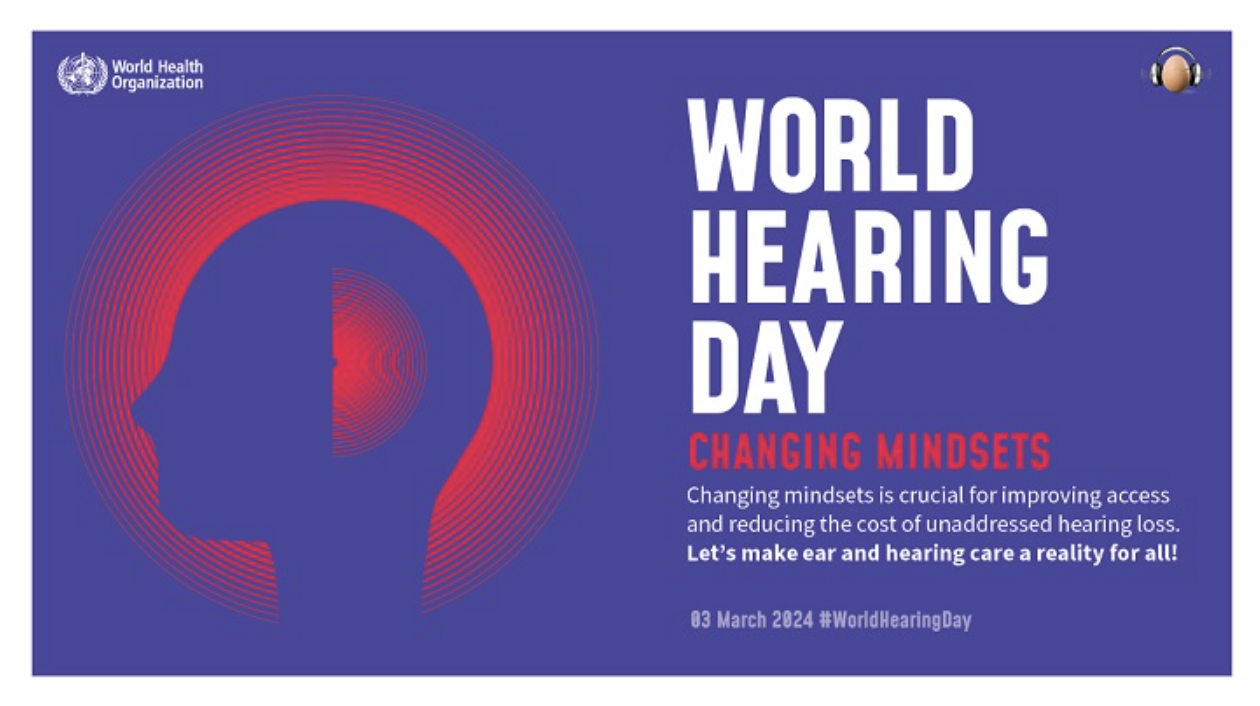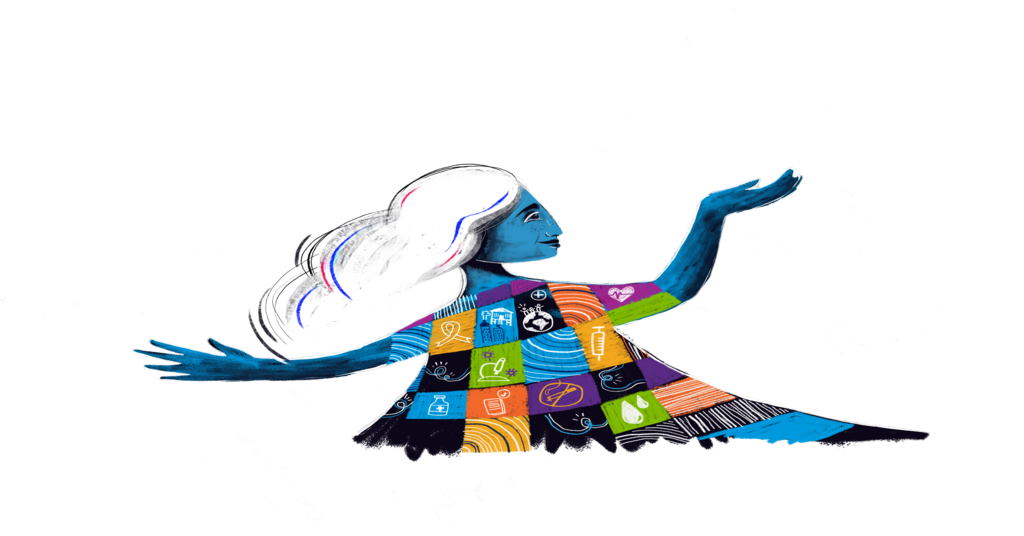
8 challenges of being a deaf couple, and how to overcome them
October 30, 2018
How my hearing aids gave me back energy to live my life
November 5, 2018When bullying isn’t just a teenage problem

Mention bullying to almost anyone and, you will usually get a response which assumes that those being bullied are young people and generally within school-age.
However, there is a so-called modern trend towards disability bullying, not that in reality it is anything new.
People have an inbuilt psychological need to belong and fit into perceived societal norms. It is a part of the old throwback to our earlier uncivilized beginnings as humanity crawled out of the ice age attempted to make sense of an ever-changing world. As people chose tribal allegiances, they also drew metaphorical lines in the sand. These lines serving as boundaries to what was and was not acceptable to their tribe’s behaviour and ethos.
In the modern world we have standards and moral codes, rules regulations and of course laws. All of which we are expected to conform to. We also have a large number of unwritten and unspoken rules and expectations which are a part of everyday life. If these are ignored, broken or misunderstood can cause no end of difficulties and issues.
The shape of bullying
Bullying comes in many shapes, sizes and forms. There are no restrictions to any particular level of society, age group or social area. Bullying cuts across ages and happens on a daily basis in both work and home environments. It is carried out by strangers, friends and even family members. Many people bully others without even realizing what they are doing.
“Bullying comes in many shapes, sizes and forms.”
Often people consider what to others is bullying, as fun, joking and teasing. When does a joke become something darker? When it is not funny to the person on the receiving end of it. Those who constantly make fun of the other people, as they go about their everyday lives, are seriously lacking in both tact and perception. They strike before being struck.
That is, most are weak and scared of being singled out themselves. So they attack quickly, using humour as their weapon of choice. Many of these people know that what they say is far from amusing, but are unable to break out of the cycle of habitual behaviour.
Can’t you take a joke?
Others use sarcasm as a pretense at sharp wit, which it is clearly not. They make caustic comments in voice loud enough to overhear. They enjoy playing games of one-upmanship, forever attempting to gain the upper hand in social and work groups.
Call any of these punsters over their less than favourable behaviour and they will merely say something along the lines of, certain people not being able to take a joke. They will more often than not shrug and go about their lives, as if the conversation had never happened.
These forms of bullying are of course subtle forms and as such often go unchallenged. They are very different from more outwardly obvious forms of bullying, such as violence and name calling. Both of which should not be tolerated in a multi inclusive so-called civilised society, such as exists in the modern Western world.
Seeing is believing
So, how do we recognise bullying, when it is disguised in a subtle form? The answer to this question is a very difficult one and may even be impossible in some circumstances. This is because of the thousands of slight variations, not only in attack and attitude, but also in individual perception.
Sometimes bullying is picked up not by the victim, but by others within their social, family or work circle. This is not to say that the bullying in question is in any way open to interpretation. No, bullying is quite simply bullying and even if you dress it up, it is deplorable behaviour.
The reason it is often not seen by others. If bullying occurs to a person, they may keep to themselves even if they are uncomfortable. They may act reluctant so less attention is drawn to themselves. In our case, this is hearing loss. The person is already different, so why would they want to call more attention upon them?
“If bullying occurs to a person, they may keep to themselves even if they are uncomfortable.”
Sit this one out
Deaf and hard of hearing people often experience discrimination in the workplace. This comes in the form of being passed over for promotions, or left out of meetingd due to assumptions made by others about deafness.
And, often those hearing challenged people employed within a hearing company are the lucky ones. Most usually don’t make it past the application and interview stage. Even so, once they are an employee, people may not ask how to best accommodate them and what their limitations are.
Those with so-called normal hearing often have an exaggerated view of the limitations of deaf and or hard of hearing people. This is by and large due to a popular urban myth which has been circulating for a very long time. This myth is that those with hearing issues are sub-normal and should be excluded from mainstream society for the benefit of both hearing people as well as themselves.
Less than normal, not quite
Is this an exaggeration? Judge for yourself, it was not so long ago that during a series of exchanges which took place between the Deaf actress Marlee Matlin and Donald Trump, on his then show The Apprentice, Trump is reported by a number of close sources to have called her retarded and bullied her numerous times on-set, making fun of her and mimicking her Deaf accent.
This is the worst kind of bullying and also happens to be blatant. It was also cowardly because Matlin couldn’t respond publically and directly to his attacks, due to a previously signed public disclosure contract, so she was forced to respond instead to the rumors and allegations. Bullying on this magnitude is thankfully in the minority; however, bullying takes many forms.
Being excluded, being overlooked or passed over in the workplace is not only unkind, but it is also mental and emotional bullying. This kind of behavior also happens to be bad news for the company in question, as they fail to make use of a valuable company asset.
Where does the problem stem from?
The problem often comes from the term now out of use, that being Deaf and Dumb. The old Deaf institutes and schools often carried this terminology. The dumb in this usage referred to many Deaf people also being unable to express themselves using conventional speech.
Of course, the word dumb today tends to denigrate a person as being less than normal, foolish or stupid. So, when people are told someone is Deaf they might unconsciously add the word Dumb, assuming that the person in question has mental deficiency issues. The fact that the medical mainstream classes all forms of deafness as a form of disability does not help the situation.
Deaf/deaf bullying is about one thing and one thing only and that is ignorance. The more mainstream hearing society is educated about the realities of deafness, the quicker this gross misunderstanding will disappear into the past where it belongs. Along with that old chestnut, the wearing glasses stigma.
Read more: Being the Change: How to End Hearing Loss Prejudice
Very few hearing people are educated enough to champion a cause, as many don’t know the cause exists. So, it is up to those who are challenged by hearing loss to stand up and be counted. By being honest about hearing aids and showing the amazing leaps ahead of deaf-related hearing technology, we can all make a difference and, in doing so, create a better and a more understanding future for everyone.
“By being honest about hearing aids and showing the amazing leaps ahead of deaf-related hearing technology, we can all make a difference and, in doing so, create a better and a more understanding future for everyone.”
A fully integrated mainstream society can only be achieved by the acceptance of those challenged by hearing loss among the hearing population. This isn’t about who is better, but about seeing differences as individual elements of strength and not as weaknesses. Being Deaf/deaf isn’t about a person being weak, it is about that person communicating in different ways, but the messages and the languages should be understood by all.
Do you have tips for experiencing bullying at an older age? Let us know in the comments.
- Author Details



